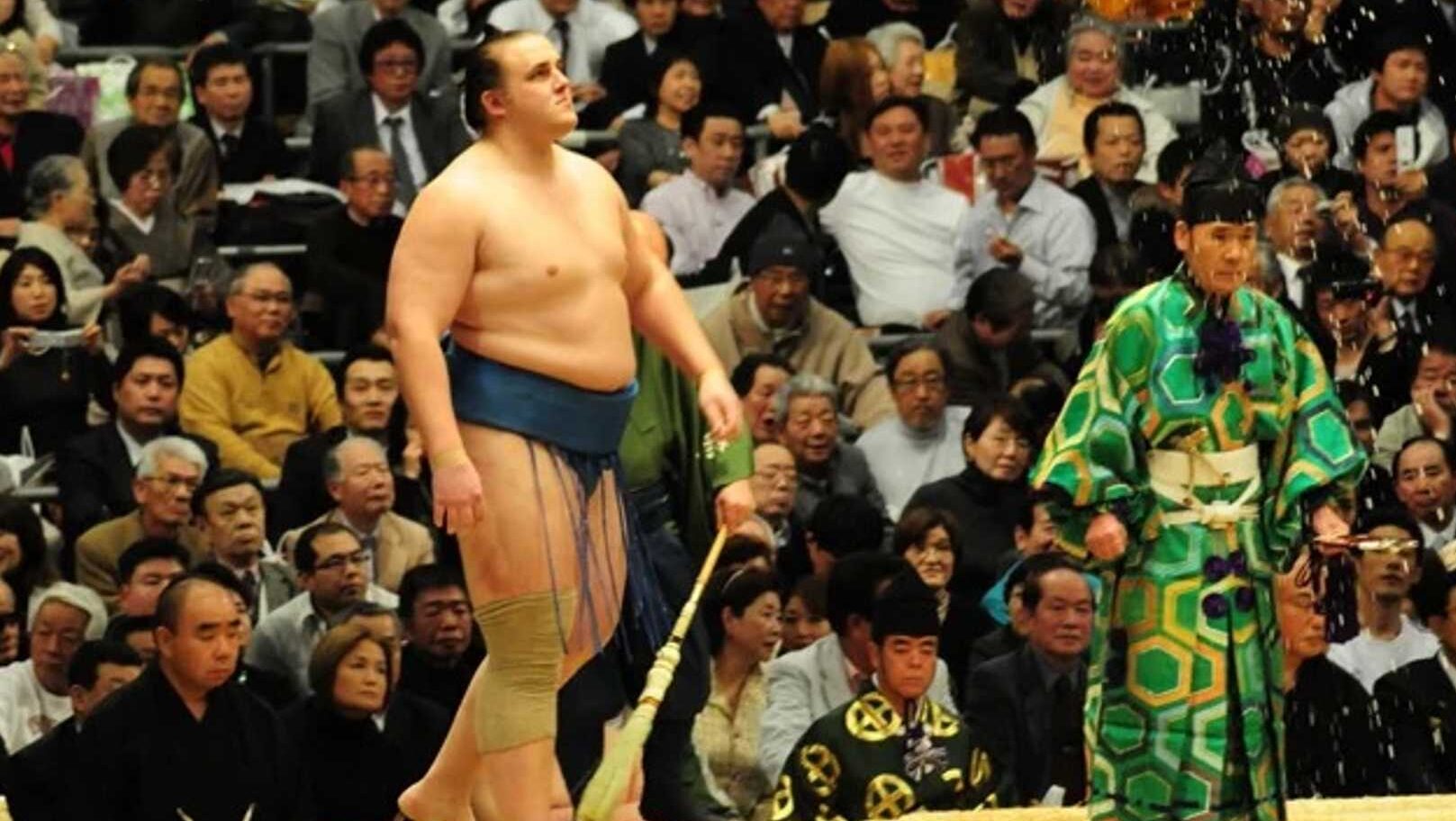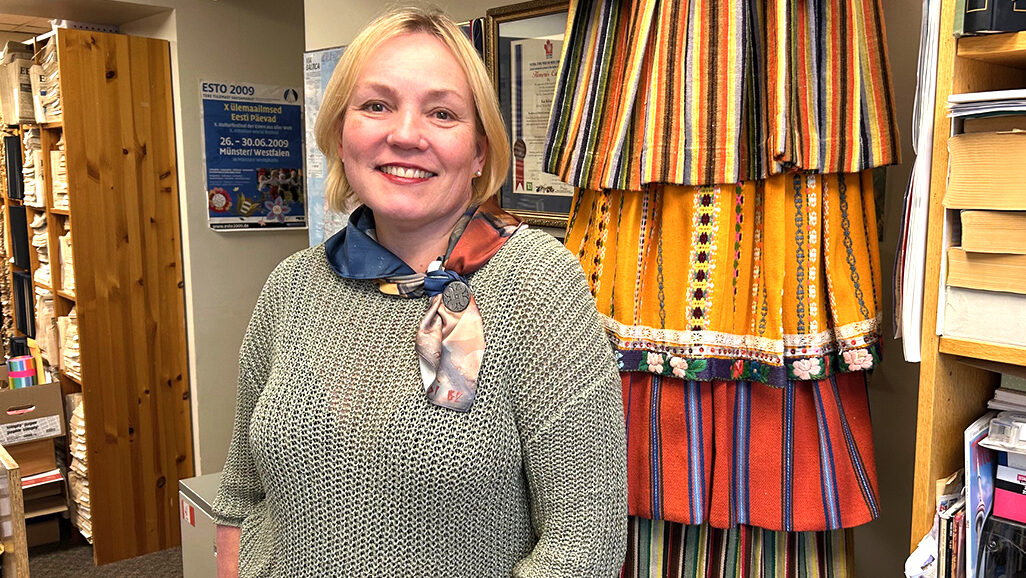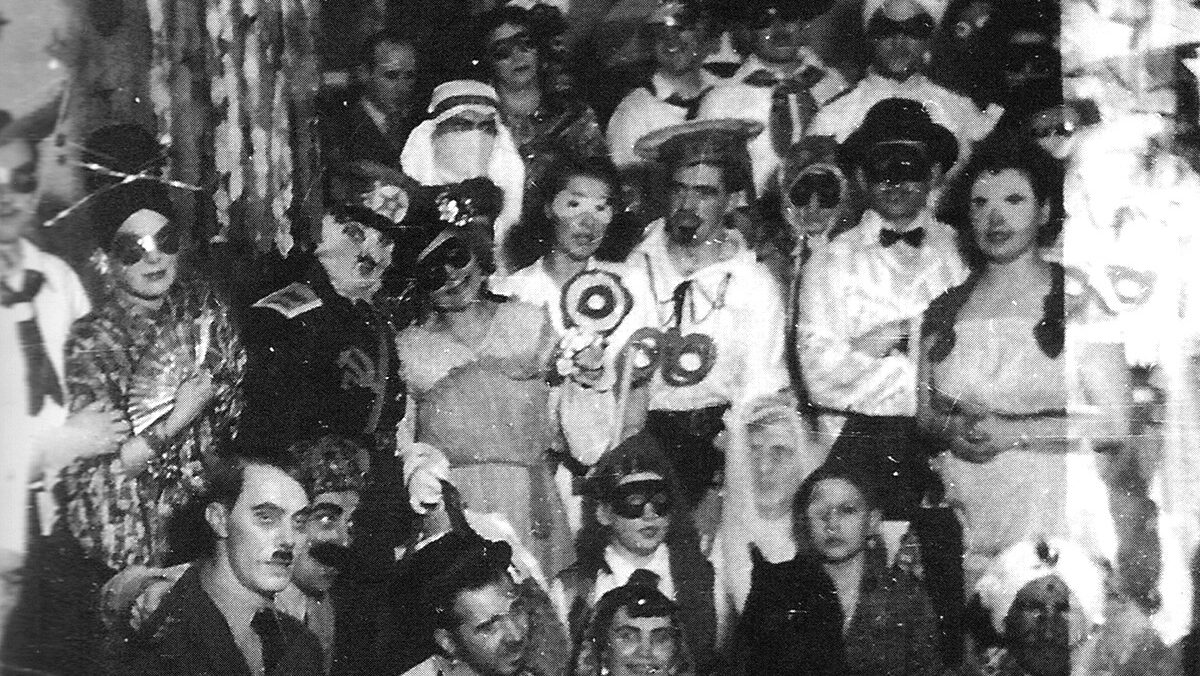The centre of their attention was a rikishi (sumo wrestler) by the name of Kaido Höövelson, and for a moment, his breath, the spectators' breath, and the breath of those diners, was held all at once…
The pressure and tension around a sumo ring is palpable. At times, voices may call out and cheer from the back rows, but at the front, you will find the most serious, concentrated faces. There is a certain decorum in sumo, where you won't see a coach or their assistants running around the ring yelling out to their wrestler.
The ring is also treated as hallowed ground. It's call a dohyo, which refers to the clay and surrounding bundles of rice straw that make up the ring. Among other rituals, the clay is swept and sumo wrestlers begin each “bout”, or round, with an act of purification, by throwing salt into the air. Then they stomp their feet on the clay to vanquish evil spirits and take a drink of water. Sumo may not technically be a martial art, as it doesn't originate from warfare or the military. But as with other Japanese fighting sports, it is a deeply respected and meaningful art that is connected to Shinto rituals like these, stemming from its traditional ties to Japanese festivals.
For Kaido Höövelson, known in the ring as Baruto Kaito (relating to the name of the Baltic Sea in Japanese), these rituals and this sport were his life from 2004 to 2013. He's the most famous Estonian to have partaken in sumo wrestling in Japan, which, historically, was not so open to non-Japanese athletes. Others have come from outside into the sport, including Fiamalu Penitani (known professionally as Musashimaru Kōyō), who was born in American Samoa. That being said, Höövelson is one of only two Estonians to have done so, the other being his friend Ott Juurikas.
Höövelson started out in the sport in his adolescence, in addition to practicing judo; maximizing his stature and six feet and six and half inches of height for a career in wrestling. By age 20, he was ready to ascend up the sumo wrestling rankings in the sport's homeland.
Despite being from elsewhere, Höövelson was accepted into the Mihogaseki heya (usually translated as “stable” in English) for training. In competition, he wore a mawashi loincloth and had the traditional long hair tied up into a chonmage bun on top of his head. From his starting point, his career was marked with impressive climbs in the rankings and divisions of professional sumo wrestling. In 2010, he attained the second-highest rank of sumo — ozeki. At any one time, there are normally only three to five ozeki. All that remained was the highest rank, yokuzuna, a ranking that less than 100 sumo wrestlers have obtained since records were written down.
An athlete won't always win, though. By nature, sumo wrestling matches zip by very quickly, typically in a few seconds, and a handful of minutes in exceptional cases. Wrestlers will sometimes skid around on the clay before being toppled off their feet or pushed out. One minor mistake could put a rikishi into a compromising position that launches them in the air towards the edge of the ring, like when Höövelson faced off against grand champion Asashōryū Akinori at the Tokyo Sumo Tournament in 2010. That may be another reason why viewing each match is so intense, because each moment counts.
Sloping off from huge wins, health challenges and injuries brought Höövelson down again, as he had to contend with the regulations and ranking rules of sumo tournaments. These wrestlers aren't given the luxury of extensive time to heal and rehabilitate.
One's strengths can also become damaging. One of Höövelson's best moves, picking up his opponent cleanly off the ground with his arms and placing them outside of the ring boundary, exacerbated a knee injury he had. But he always put his best effort in to get back up again and keep at it.
In 2013, he retired as Baruto Kaito, culminating in a ceremony where his topknot was cut by 200 people, one hair at a time. At this point, he embarked on a new path as a businessman. In terms of sports, he directed his combat skills into mixed martial arts rings, fighting in the super heavyweight class. He also sought to expand his career further, into politics. In March 2019, back in Estonia, he was elected as a member of parliament. His Japanese language skills are still sharp, too; acting in a TV drama and taking part in a 2019 discussion about cryptocurrency, for instance.
The wrestling ring reminds its adherents of a tried and true lesson. As Baruto Kaito has shown us: stand firm, keep your head in the game, and always get back up.
***
Kaido Höövelson will be speaking at VEMU Estonian Museum Canada's 11th Annual Fundraising Dinner, dedicated to Movement and Japan.




